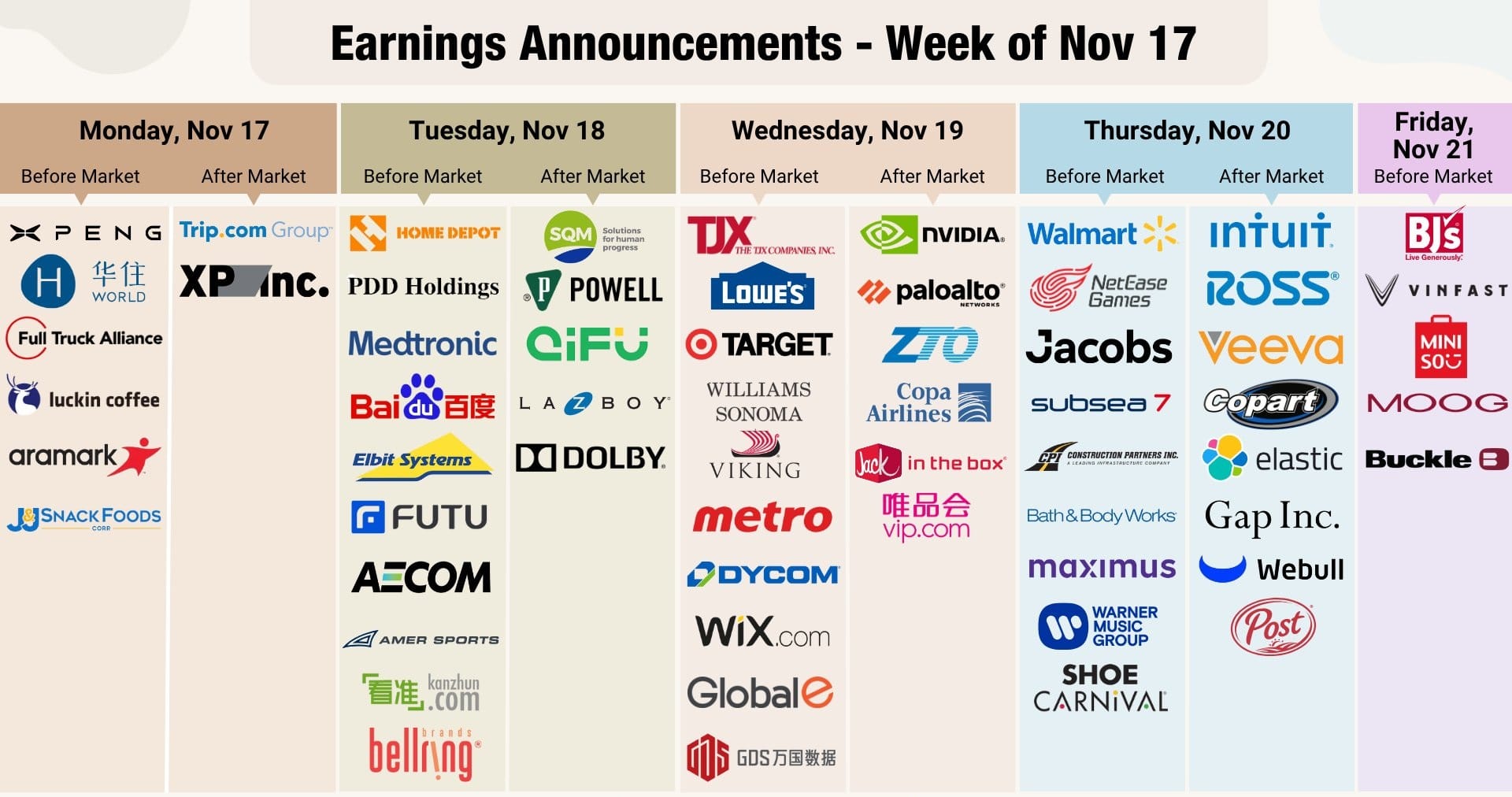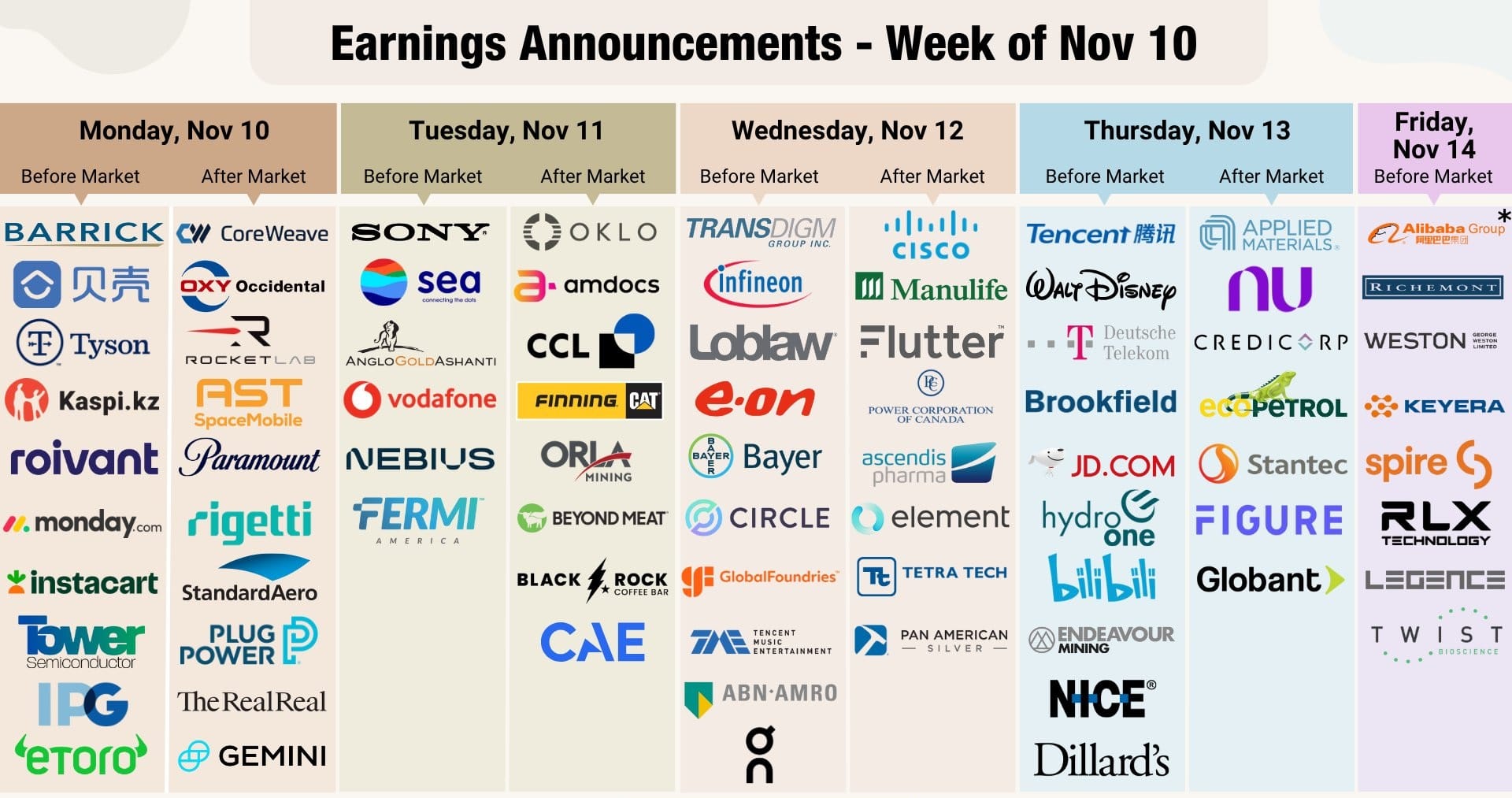Modern Investor’s Compass provides an essential framework for navigating a financial environment shaped by inflation pressures, shifting central bank policy, concentrated AI-driven equity performance, and heightened geopolitical risk. Today’s landscape demands sharper interpretation of market signals, and this guide is designed to help investors decode them with clarity.
Section 1: The Macroeconomic Canvas – Modern Investor’s Compass on Rates & Data
The macro environment remains the primary driver of market sentiment, and Modern Investor’s Compass begins with understanding central bank behavior and incoming economic data.
1.1 Modern Investor’s Compass on the Federal Reserve’s Hawkish Messaging

Federal Reserve leaders continue to push back against expectations of imminent rate cuts. Kansas City Fed President Jeffrey Schmid reiterated that inflation remains too elevated to justify easing, noting that labor market cooling appears structural.
This hawkish messaging sharply reduced the probability of a December rate cut, now under 50%. The Modern Investor’s Compass emphasizes watching FOMC dissents closely, as they can signal policy direction shifts before consensus forms.
1.2 Modern Investor’s Compass on Navigating the Data Backlog
The post-shutdown release schedule will flood markets with delayed economic reports alongside real-time November data. This creates a unique analytical challenge where backward-looking and forward-looking indicators collide.
Investors must interpret construction spending, factory orders, trade data, PMIs, and consumer sentiment within a compressed window — precisely the type of environment Modern Investor’s Compass aims to help decode.
Section 2: Equity Markets – Modern Investor’s Compass on AI Leadership & Consumer Trends
2.1 Modern Investor’s Compass on Nvidia and AI Concentration Risks
Nvidia’s earnings announcement has become a macro event. As AI mega-caps now represent over a quarter of the S&P 500, Nvidia serves as a proxy for the sustainability of the entire AI thesis. Modern Investor’s Compass highlights the importance of monitoring whether AI-driven capital expenditure remains robust.
2.2 Modern Investor’s Compass on Consumer Health Through Retail Earnings
Retail giants reveal the true state of U.S. household strength:
- Walmart benefits from value-seeking consumers.
- Target faces discretionary spending softness.
- Home Depot & Lowe’s signal mixed housing-related demand.
- TJX & Ross Stores thrive on off-price momentum.
- Gap & Williams-Sonoma reveal middle-income spending pressures.
Modern Investor’s Compass stresses that consumer bifurcation is a defining trend for the current cycle.
Section 3: Fixed Income & Forex – Modern Investor’s Compass on Yields & Dollar Strength
3.1 Modern Investor’s Compass on Treasury Market Dynamics
The push-and-pull between safe-haven flows and Fed hawkishness keeps the 10-year yield near 4.15%. The yield curve remains inverted, reinforcing expectations of future economic slowing.
3.2 Modern Investor’s Compass on the U.S. Dollar’s Global Influence
Dollar strength persists due to attractive rate differentials and global risk aversion. For investors, Modern Investor’s Compass underscores that a strong dollar pressures multinational earnings and emerging-market assets.
Section 4: Commodities – Modern Investor’s Compass on Oil & Gold Behavior
4.1 Modern Investor’s Compass on Oil’s Geopolitical Price Shock
The Ukrainian drone attack disrupting Russia’s Novorossiisk oil port removed 2% of global supply temporarily. This reinforces one of the Modern Investor’s Compass principles: geopolitical shocks remain the wild cards of commodity markets.
4.2 Modern Investor’s Compass on Gold’s Unexpected Decline
Despite risk-off sentiment, gold fell sharply due to margin liquidations, dollar strength, and higher real yields. The Modern Investor’s Compass highlights how monetary policy influences gold more strongly than fear-driven flows during certain cycles.
Section 5: Corporate Shifts – Modern Investor’s Compass on M&A and Legal Battles
5.1 Modern Investor’s Compass on Major Strategic Deals
- Merck’s $9.2B acquisition of Cidara prepares for Keytruda’s patent cliff.
- Union Pacific–Norfolk Southern merger reshapes U.S. freight rail.
These actions reflect structural positioning that Modern Investor’s Compass encourages investors to track beyond quarterly earnings.
5.2 Modern Investor’s Compass on Legal & Regulatory Risks
- Purdue Pharma’s $7.4B opioid settlement approval
- Apple’s patent battle with Masimo
- Google’s €465M antitrust penalty
Regulatory pressure remains a strategic risk factor across multiple sectors.
Section 6: Regional Markets – Modern Investor’s Compass on Canada & LATAM Trends
6.1 Modern Investor’s Compass on Canada’s Inflation Path
Canada’s upcoming CPI is expected to ease slightly, but core metrics remain elevated. According to Modern Investor’s Compass, this supports a continued hold stance from the Bank of Canada.
6.2 Modern Investor’s Compass on LATAM Economic Signals
Upcoming releases from Brazil, Mexico, Argentina, and Chile will test whether emerging-market recovery momentum persists amid tighter global monetary conditions.
Section 7: Forward Look – Modern Investor’s Compass on Critical Market Catalysts
The next major market drivers include:
- Nvidia’s earnings as a test of AI valuation durability.
- Integration of delayed economic data into market models.
- Holiday retail strength as a gauge of consumer resilience.
- Geopolitical risks influencing energy and commodities.
Modern Investor’s Compass advises focusing on quality companies with strong balance sheets and proven pricing power as policy uncertainty and global instability persist.
Conclusion: Modern Investor’s Compass for Today’s Market Environment
In a landscape defined by rapid change and interconnected risks, the Modern Investor’s Compass approach emphasizes disciplined research, macro awareness, and selective positioning. By understanding key signals—monetary policy, consumer behavior, equity concentration, and geopolitical pressures—investors can navigate complexity with confidence.












